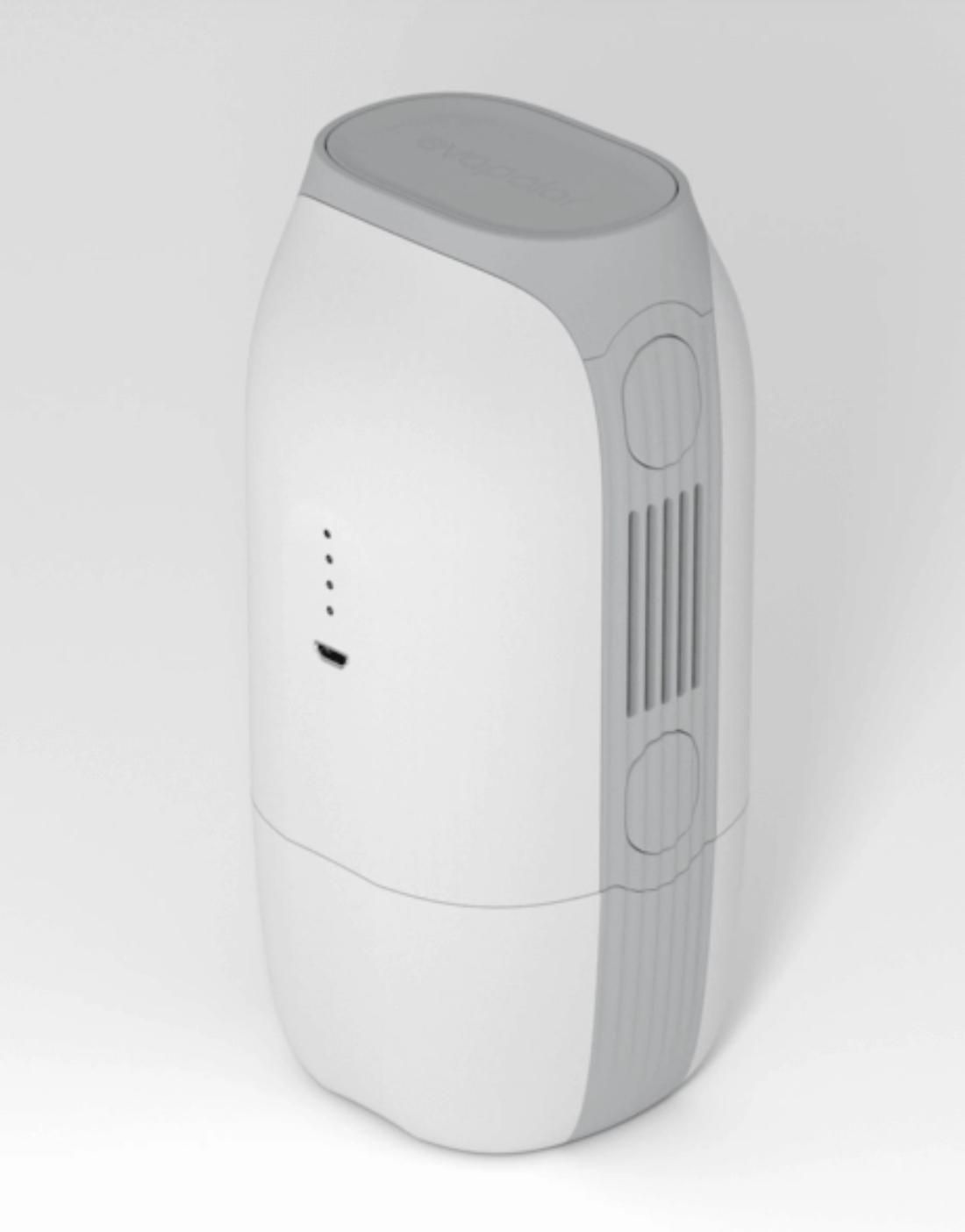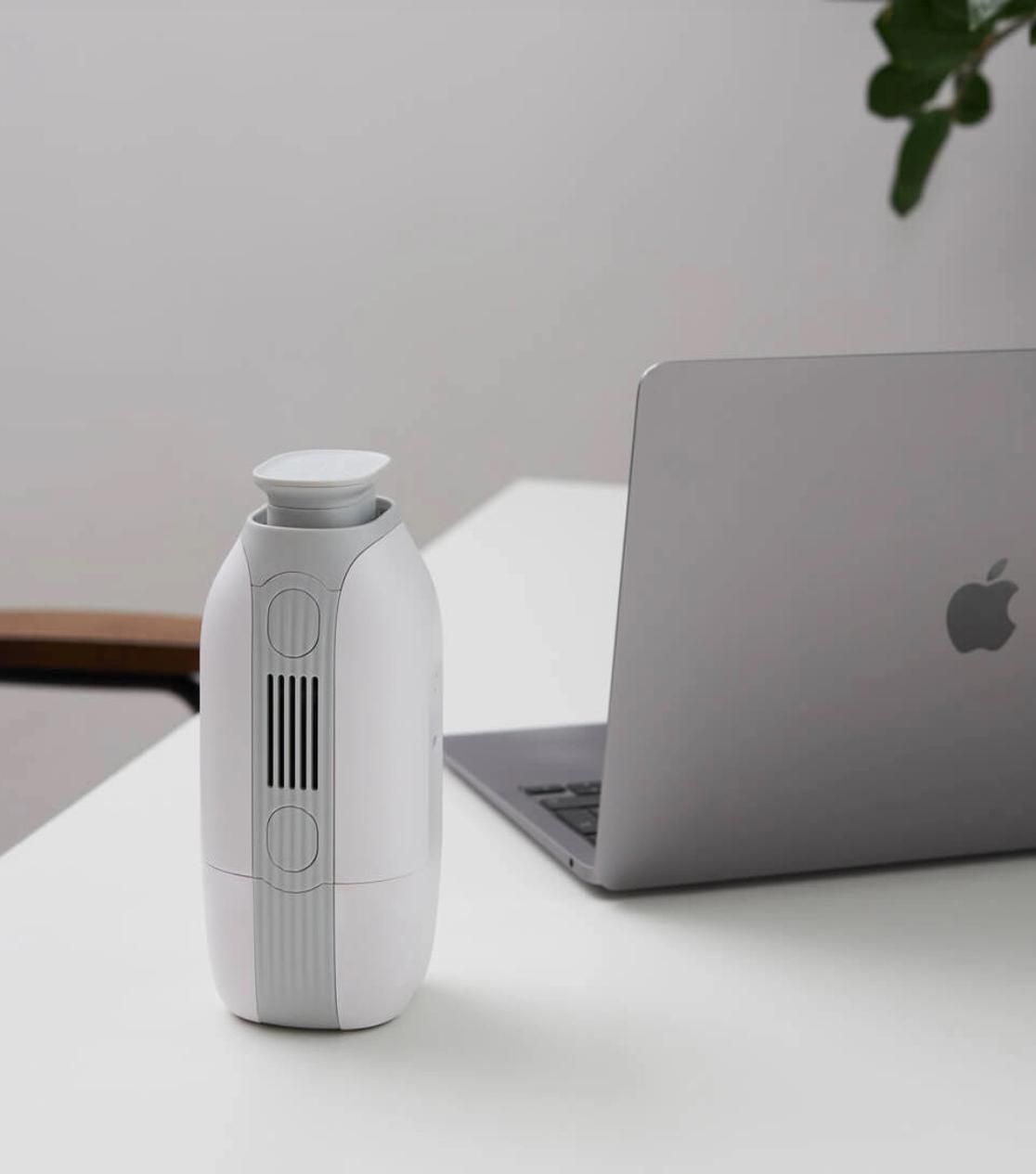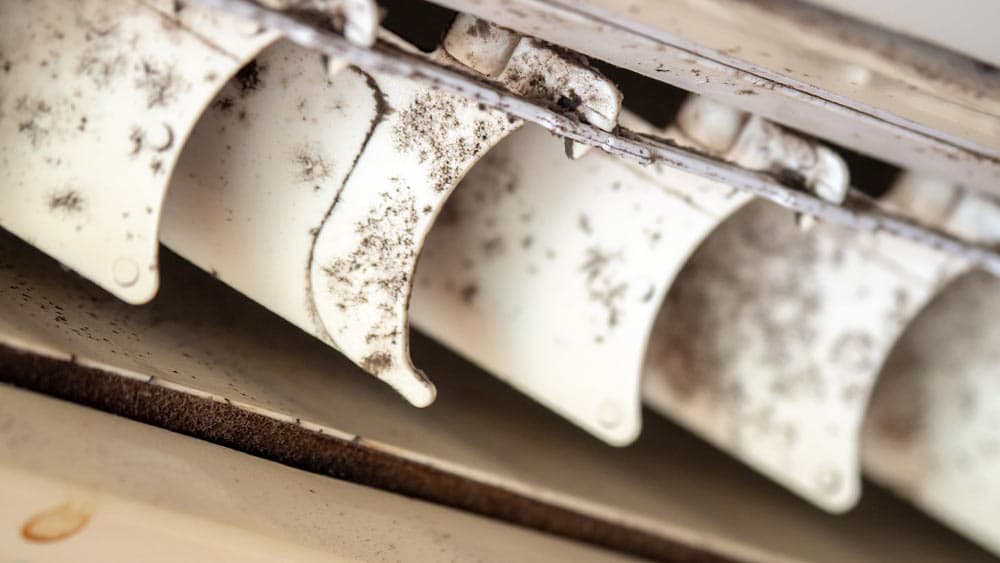Air conditioning of homes does more than just make them habitable in hot weather because it also prevents the growth of mold. It may be among the things that people know least about what an air conditioner does in their houses, but during the worst parts of a humid Toronto summer, turning on your air conditioner can improve your indoor environment beyond your wildest dreams.
It is a great tool to help combat the excessive amounts of humidity brought about by summer living. Indoor cooking, wet towels and bathing suits, bath time, and large thunderstorms contribute to increased humidity within the home. Regardless if you meant to do it or not air conditioning prevents mold growth indoors and can be a significant relief in terms of reducing such additional moisture content inside us. So it is important to Check for Mold in Air Conditioner and ensure you have a high-quality air filter.

Best portable cooling devices

Does black mold grow in an air conditioner?
Hence it’s important to identify it in your house. Unfortunately, many people are ignorant until they fall ill that they have black mold in their homes. The following are some common indicators that there might be black mold growing in your air condition unit.
Smelly Odour
In case you have noticed a sudden musty or moldy smell in your house it could be black mold growing. If there are any strange or musty smells with toxic effects in your home, check the air conditioner and air ducts as soon as possible. It can bring Allergy and health problems in regular maintenance.
Dirty Air Filters or Evaporator Coils
Black mold can often grow in your unit’s air filter or evaporator coils. Since these are internal parts, it is easy to overlook them. Nonetheless, dark fungus can grow inside your device just as rapidly as it would around it.
There is a possibility of the presence of mold if all your coils or filters are dirty. Substitute your filter or call Davis Home Services to book a professional evaporator coil cleaning. You need to Replace Air Filter and Clean the Evaporator Coil.
Mold Around The Air Ducts
One of the Signs of Mold in Air Conditioner is when you see it growing around your AC system and air ducts. Once you notice mold or excessive debris around your air conditioner, call us immediately. Black mold cleaning service will be done by professionals with testing included.
Prevent Black Mold in Air Conditioner
Apart from professional servicing, you can take certain measures to prevent future mold growth in your home and within your AC. One way is to minimize moisture condensation in the AC appliance by regularly draining the collection tank or purchasing an air conditioner with humidity control. Apart from this, cleaning this unit at least once per week will remove any likelihood of developing mold while inspecting the filter.
Replace disposable filters about once a month or as recommended by the manufacturer. If you have a reusable filter, make sure to clean it once a month. Also, the continuous flow of air in the air conditioner reduces mold growth since it disturbs spores’ settling on the surface.
If you don’t want your air conditioner running constantly, increase the temperature instead of turning it off completely. This way, it may switch on intermittently instead of being continuously active, and thus less chance for mold to accumulate inside. Also, you can use an Ultraviolet Germicidal Lamp.
What to Do If You Have Mold in the Air Conditioner
How to Spot Black Mold in Your Air Conditioner? Having black mold within your air conditioning system is not something you should ignore. Changing the unit with a new air conditioner might be advisable if the mold has heavily infested a small air conditioner because even after substantial scrubbing there is a great possibility of the mold continuing to grow in hidden areas of the equipment. However, if the mold is relatively light, then you may be able to remove it before it spreads throughout the AC unit.
Put on safety glasses, face mask, and gloves then take it to an area where it can be cleaned without contaminating the entire house for instance the driveway. Open up the air-conditioner and remove its filter. You can either replace it with a disposable filter or wash it in a solution of 1 part bleach to 10 parts water that needs to soak for at least 10 minutes to kill any mold.
Rinse off the filter and let it dry in the open air. As your filter dries, thoroughly clean all affected surfaces of your air conditioner with this mixture of bleach plus water. Rinse off your AC unit ensuring no electrical components are soaked before allowing it to dry and re-installing back its filter.

Can I run the AC with mold in it?
If there is mold in your air conditioner, it is not safe to run as it has health risks. Mold can grow in the cooling coils, ducts, and other parts of the system where it will release spores to the environment. Breathing these spores can cause you to have a variety of illnesses, especially if you have allergies, asthma, or a weak immune system. Problems associated with this are respiratory problems, throat and eye irritation, coughing, and skin problems.
It is important that you address the problem promptly if you suspect that there is mold in your air conditioner. Shut off the unit, clean or replace filters, and disinfect affected areas; for severe mold infestation consider getting professional help. Proper maintenance and taking preventive measures against mold growth are crucial for ensuring that your air conditioner operates safely and efficiently.
Causes of mold growth in ACs
Mold is a type of fungus. Like every other living organism, fungi require oxygen, water, and organic matter to support growth. With air conditioners circulating air while their cooling coils generate condensation, thus two criteria needed for mold formation must be available in an AC.
Air conditioners as well as ductwork constitute dark spaces where mold thrives. Add some organic material—which can simply be dust and other debris—and you have all the conditions for mold to grow.
Can we use an air purifier to reduce the effects of black mold?
Yes, air purifiers help with black mold in removing indoor mold spores especially if the device employs a HEPA filter. Moreover, activated charcoal is capable of trapping smells. The first and most important one is to find and solve the source of the mold.
What’s the ideal building humidity level that prevents mold?
Humidity happens to be one of the most significant aspects for homeowners to consider when they think about their indoor air comfort. While temperature gets all the attention, humidity can have a greater effect on your health and day-to-day life. For example, think about a hot summer day: which is preferable, a hot and humid one, or a hot and dry one?
According to the Center for Disease Control (CDC), Humidity also matters when it comes to household mold growth. Cold air holds less moisture than warm air; this is partly why air conditioning stops mold growth. A hot and humid house means there is a lot of water vapor in the atmosphere, and airborne water moves differently from liquid or solid water. Usually, we advise maintaining indoor humidity at 50% to prevent excess dampness indoors.

Conclusion
There are cheap available humidity checking tools sold in the market or you can have one to use at home that can help you know if your humidity is too high, and if there is a recurring high-humidity problem, it is important to identify its cause and take mitigation measures.
Your health comes first when it comes to dealing with mold in your home. This fungus reproduces by producing spores, usually minute particles that can be easily inhaled into the body system. Inside the human body, such mold spores can induce various health conditions ranging from mild to severe such as:
- Red and watery eyes
- A runny nose
- A headache
- Sinus congestion
- Increased susceptibility to respiratory illnesses
- Increased asthma attacks
Some molds may only cause symptoms similar to those of a common cold or flu, but others – like Stachybotrys chartarum, also known as black mold – could lead to death or serious illness in people.
Using high-efficiency particulate air (HEPA) filters in air purifiers is a crucial strategy to help remove black mold spores from the air. These spores, often transported through air ducts, can contribute to significant health risks if not adequately addressed. To effectively combat this, it's essential to determine the extent of mold growth in your air conditioning (AC) unit. Employing innovative methods such as Hydrogen Peroxide Evaporation technology can be an effective approach to tackling environments where black mold can grow, ensuring healthier and safer indoor air quality.
When small amounts of mold, including potentially hazardous Stachybotrys spores, are detected in an HVAC system, it's vital to recognize the signs of mold growth as this could pose a significant health hazard. Particularly concerning is the presence of mold in an AC unit, which requires immediate attention to prevent further spread and ensure a healthy living environment.



